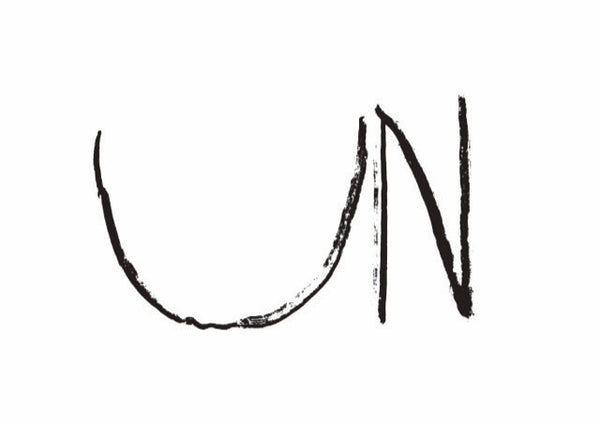
Memories of a certain "everyday item" called "dark basket."
NagaoDaisuke The smell of summer tatami mats.
The scent that drifts in the air at unexpected moments
It somehow makes me feel nostalgic.
For the Japanese, "Igusa"
Not just a plant
It may be a "material" that quietly takes root deep in our memories.
Using this "igusa"
Each handmade basket is carefully woven.
Somehow rugged, yet elegant
--In this basket
It has unique roots, having been born in post-war Kurashiki.
Once upon a time, during the chaotic period after the war.
At the warehouse site, supplies were limited at the time.
When people go to the black market to buy
There was a basket I was using.
Secretly, but certainly
The baskets that supported people's lives
Before long, it came to be called "dark cage."
Another necessity born from Kurashiki's climate.
In fact, the connection between Kurashiki and "igusa" is
There is another deeper background.
The area around Kurashiki used to be
The area was plagued by soil that contained a lot of salt.
In areas close to the sea and with poor drainage
Common crops such as vegetables and grains
It didn't grow the way I wanted it to.
In such an environment
What people turned their attention to was "igusa."
Igusa grass has the property of being extremely resistant to salt.
Roots absorb salt from the soil
It has the function of improving soil fertility.
In other words, the original purpose was not to use it as a "material"
It was planted as a plant to purify the land.
However, as time passed
The rush grows abundantly
As a result, Kurashiki became one of Japan's leading rush producing areas.
It grew.
Without wasting the large amount of harvested rush grass
To transform it into everyday items
The culture of making folk tools using rush grass took root.
Eventually, this led to the postwar "dark cage"
And now to the present day.
Igusa is not just a material
They were a link between land regeneration and wisdom for daily life.
Today, the spirit of "Yamikago" is still being conveyed to the present day.
Takataka Sunami, fifth generation owner of Sunami Toru Shoten.
While respecting tradition
We update the design and usage to keep up with the times.
We offer "beauty of utility" that can be used daily.

This time we will introduce
A shallow, standard-sized basket.
Wallet, cell phone, sunglasses, paperback book
──These "today's essentials"
It's the perfect volume to fit neatly.
What's more, this basket is surprisingly unisex.
The neat weave and natural texture of rush grass
And the linear form
It fits in well regardless of gender.
It looks good even when a man in a suit holds it casually.
Such a rare existence.

And as a material
I would like to pay more attention to "igusa" as well.
Igusa is a material that has existed in Japan's humid climate since ancient times.
Excellent moisture absorption and antibacterial properties
It has a "functional beauty" born from nature.
Currently, the number of producers is decreasing.
Kurashiki is trying to preserve this culture
Crafts using rush grass are quietly alive and well here.
Kurashiki, where Sunami Toru Shoten is based,
It has long been known as a town of textiles and folk art.
The influence of the Mingei movement led by Yanagi Muneyoshi remains strong.
Not mass-produced, but individually made by hand
A look at what is being made
Now it is being quietly reevaluated again.
Finally, don't forget to add a little fun.
Your favorite patches, pins, key chains, etc.
Customize it casually to suit your own style.
The styling that mixes Japanese tradition with Western essence
It will add a little story to your outfit.

